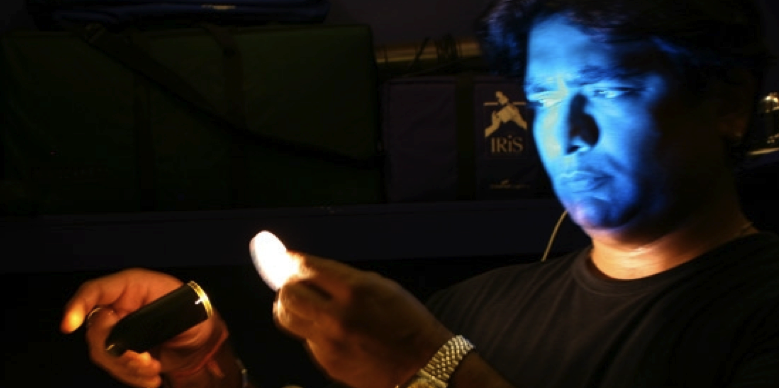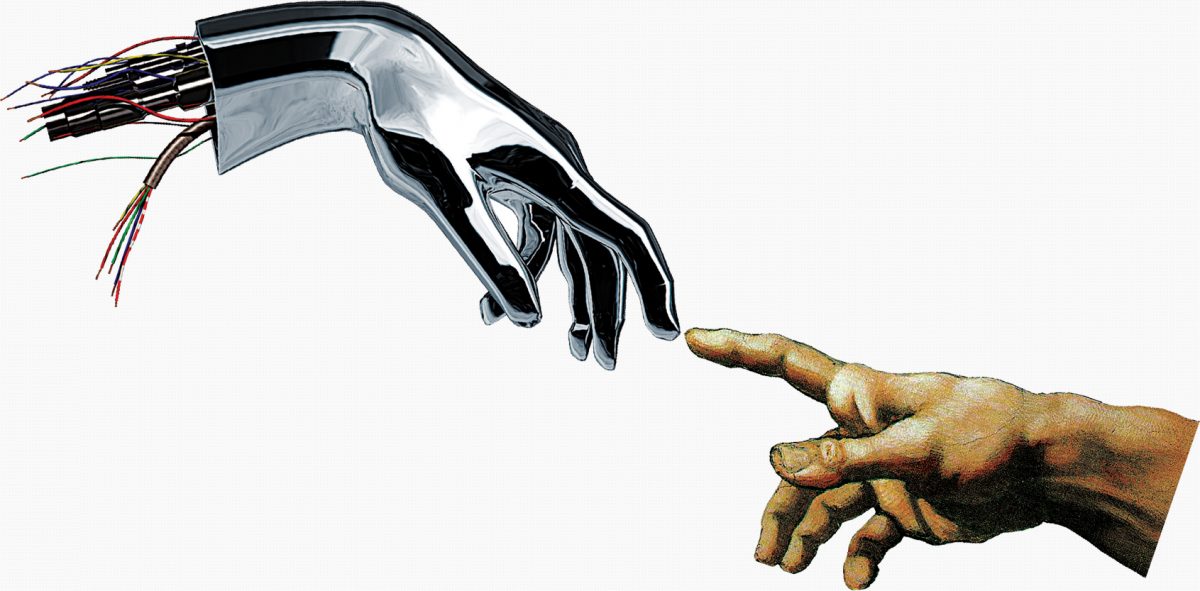Do you as a lighting specialist want to integrate the potentials in light + technology in the analysis, design and implementation of (interactive) experiences related to future buildings, cities, landscapes, designs, movies, games, concerts, events, research, TV-production and new fields not defined yet?
In February 2013 the new specialisation Lighting Design is being launched in the 8th semester of the Medialogy Master’s programme in Copenhagen.
International researchers and teachers with special knowledge in light, architecture and Medialogy from the Institute of Architecture, Design and Media Technology and from The Danish Building Institute compose the professional team at the highest international level.
Selection of the specialisation should be done by contacting Judi Stærk Poulsen at the Study Administration, Judi@create.aau.dk.
For more information contact Ellen Kathrine Hansen, ekh@create.aau.dk.


